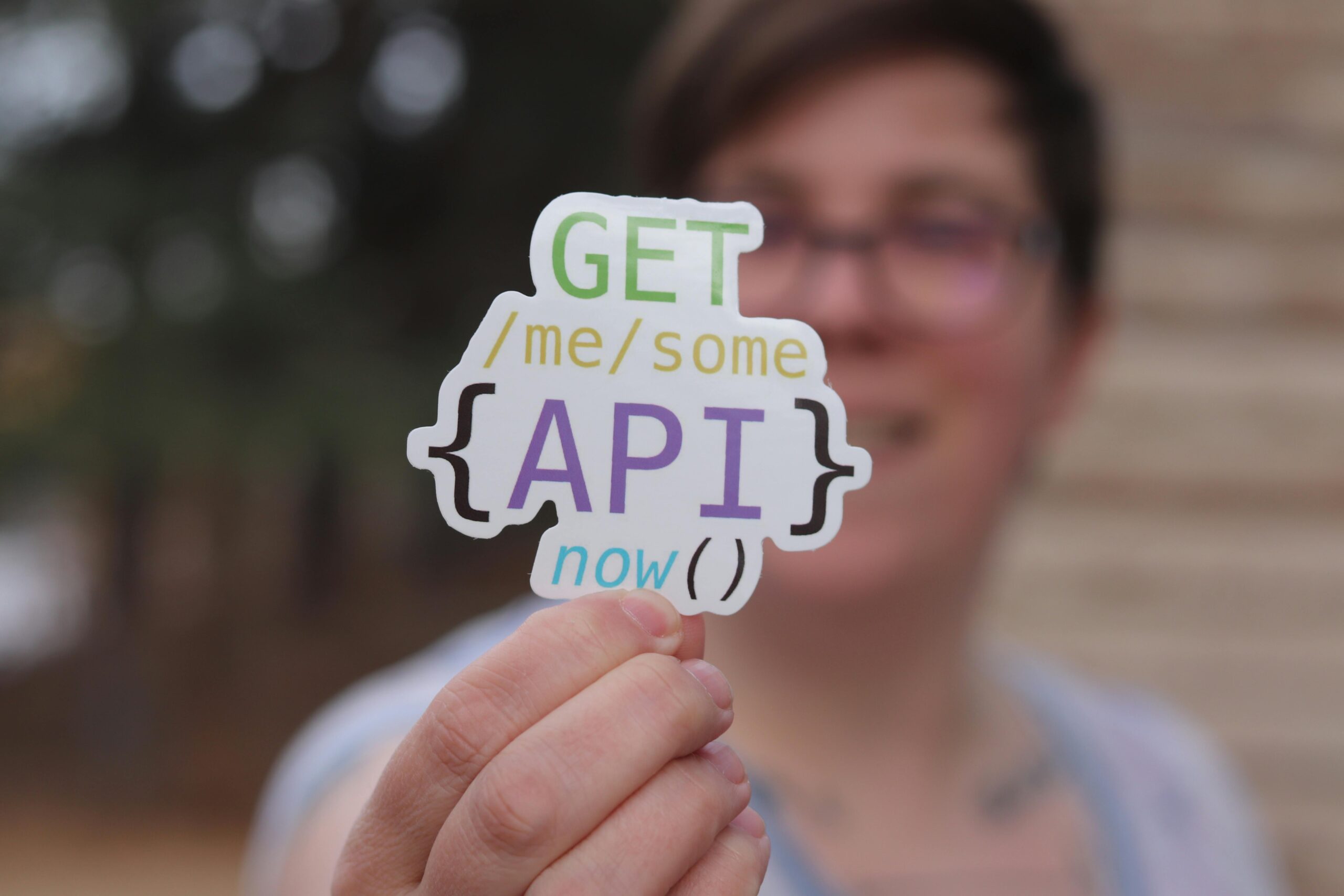Introduction to Web Services
In today’s interconnected world, web services are the invisible glue powering everything from weather apps to banking systems. They enable applications to communicate across networks, share data, and integrate functionalities—regardless of the programming languages or platforms they’re built on. Whether you’re booking a flight, logging into a website with Google, or streaming music, web services make it all possible. Let’s dive into their mechanics, types, and real-world applications.
1. What Are Web Services?

A web service is a standardized way for applications to exchange data over the internet using protocols like HTTP/HTTPS. Think of it as a “menu” that one software provides to others, allowing them to request specific tasks or data.
Key Characteristics:
- Platform-Independent: A Java app can talk to a Python service.
- Language-Neutral: Uses XML, JSON, or other universal formats.
- Loosely Coupled: Changes in one service don’t break others.
Example:
When you use a travel aggregator site (e.g., Kayak), it fetches flight data from airlines’ web services in real time.
2. Types of Web Services
a) SOAP (Simple Object Access Protocol)
- Uses XML for messaging.
- Relies on WSDL (Web Services Description Language) to define interfaces.
- Built-in error handling and security.
Use Case: Banking systems where security is critical.
Sample SOAP Request:
<soap:Envelope xmlns:soap="http://www.w3.org/2003/05/soap-envelope">
<soap:Body>
<getWeather xmlns="http://example.com/weather">
<city>New York</city>
</getWeather>
</soap:Body>
</soap:Envelope>
Run HTML
b) REST (Representational State Transfer)
- Uses HTTP methods (GET, POST, PUT, DELETE).
- Lightweight, stateless, and scalable.
- Returns data in JSON, XML, or plain text.
Use Case: Social media APIs (e.g., Twitter’s Tweet lookup).
Sample REST API Call:
curl -X GET "https://api.twitter.com/2/tweets/12345" -H "Authorization: Bearer {token}"
Response:
{
"data": {
"id": "12345",
"text": "Hello, world!"
}
}
c) GraphQL
- Lets clients request only the data they need.
- Single endpoint for all queries.
- Reduces over-fetching of data.
Use Case: Mobile apps with limited bandwidth.
Sample GraphQL Query:
query {
user(id: "101") {
name
email
posts(limit: 5) {
title
}
}
}
3. How Do Web Services Work?
Web services follow a client-server architecture:
- Client: Sends a request (e.g., a mobile app).
- Server: Processes the request and returns a response.
Steps:
- Request: Client sends data via HTTP/HTTPS.
- Processing: Server validates and executes the task.
- Response: Server sends back data in a structured format.
Example Flow:
- A food delivery app (client) requests nearby restaurants from a server.
- The server queries its database and returns a JSON list.
- The app displays the results to the user.
4. Key Protocols and Standards
- HTTP/HTTPS: Foundation for data transmission.
- XML/JSON: Data interchange formats.
- WSDL: Describes SOAP services.
- UDDI: Registry for publishing/discovering services.
- OAuth: Authorization framework (e.g., “Login with Facebook”).
5. Real-World Examples of Web Services
- Google Maps API: Embeds maps, calculates routes.
- Payment Gateways: Stripe, PayPal process transactions.
- Weather APIs: OpenWeatherMap provides real-time forecasts.
- Authentication: “Sign in with Apple” or “Login with GitHub.”
6. Securing Web Services
- HTTPS: Encrypts data in transit.
- API Keys: Unique identifiers to authenticate clients.
- OAuth 2.0: Delegates access without sharing passwords.
- Rate Limiting: Prevents abuse (e.g., 1000 requests/hour).
Example:
curl -X GET "https://api.example.com/data" -H "API-Key: abc123xyz"
7. Web Services vs. APIs

While often used interchangeably, they’re not the same:
| Web Services | APIs |
|---|---|
| Always over a network (HTTP). | Can be local (e.g., Java libraries). |
| A subset of APIs. | Broader term (includes web services). |
8. Tools for Testing & Development
- Postman: Test REST APIs with custom requests.
- Swagger/OpenAPI: Document and design APIs.
- SoapUI: Validate SOAP services.
- AWS API Gateway: Build and manage APIs at scale.
9. Challenges with Web Services
- Latency: Network delays affect performance.
- Versioning: Updating services without breaking clients.
- Security Risks: SQL injection, DDoS attacks.
Best Practices:
- Use versioning in URLs (e.g.,
/api/v2/users). - Validate inputs to prevent injection attacks.
- Monitor performance with tools like New Relic.
10. The Future: Microservices & Serverless
Modern architectures are shifting toward:
- Microservices: Small, independent services (e.g., Netflix’s recommendation engine).
- Serverless: AWS Lambda, Azure Functions (run code without managing servers).
Example:
A serverless function triggered when a file is uploaded to S3:
def lambda_handler(event, context):
process_file(event['file'])
Conclusion
Web services are the unsung heroes of our digital experiences, enabling seamless integration between apps, devices, and platforms. Whether you’re building a startup’s MVP or a Fortune 500’s infrastructure, mastering web services is crucial. Start experimenting with free APIs like JSONPlaceholder or OpenWeatherMap, and gradually explore authentication, rate limiting, and deployment or click here to read more blogs like this.
FAQs
1. What’s the difference between REST and SOAP?
- REST: Flexible, uses HTTP, lightweight (JSON).
- SOAP: Strict standards, XML-based, built-in security.
2. Can web services work offline?
No—they require an internet connection to communicate between client and server.
3. What tools can I use to document APIs?
Swagger (OpenAPI), Postman, or Redocly.
4. How do I handle errors in web services?
Return HTTP status codes (e.g., 404 Not Found, 500 Internal Server Error) and error messages in the response body.
5. Are web services only for web apps?
No! Mobile apps, IoT devices, and desktop software also use them.

